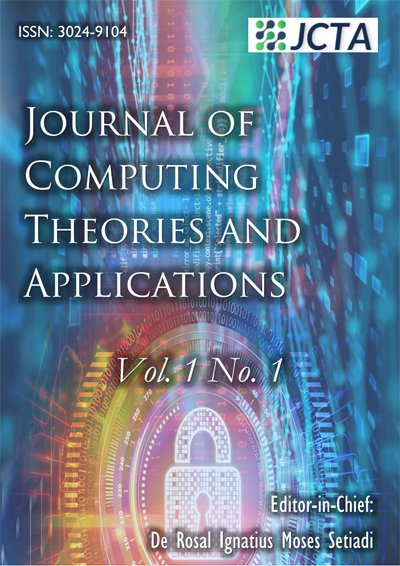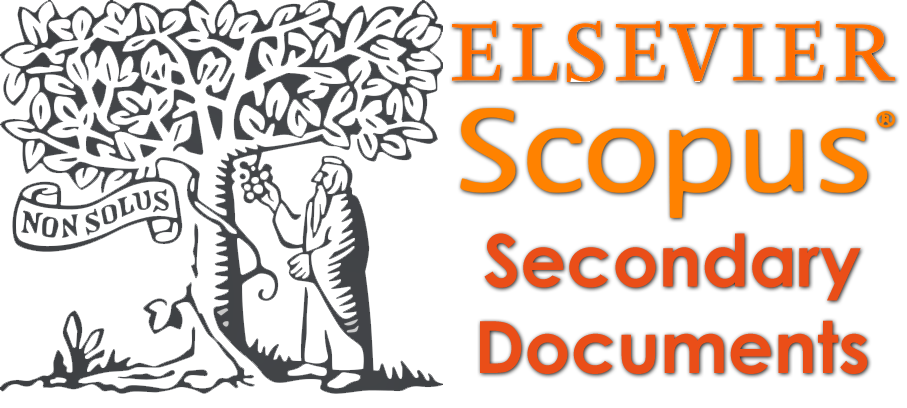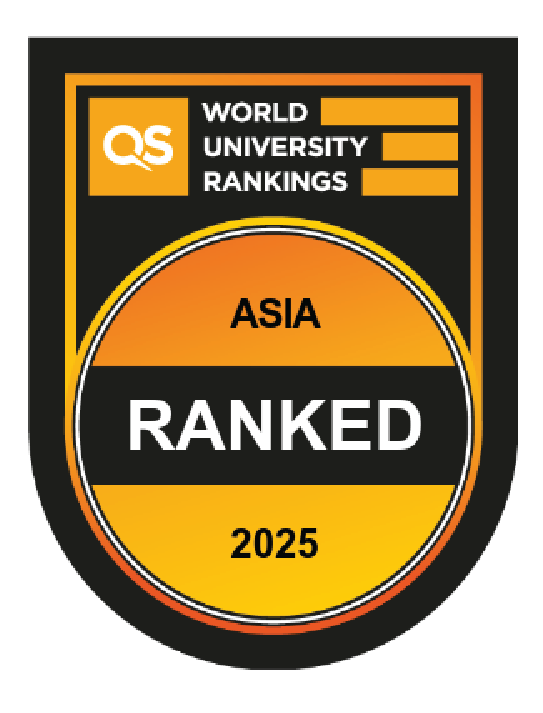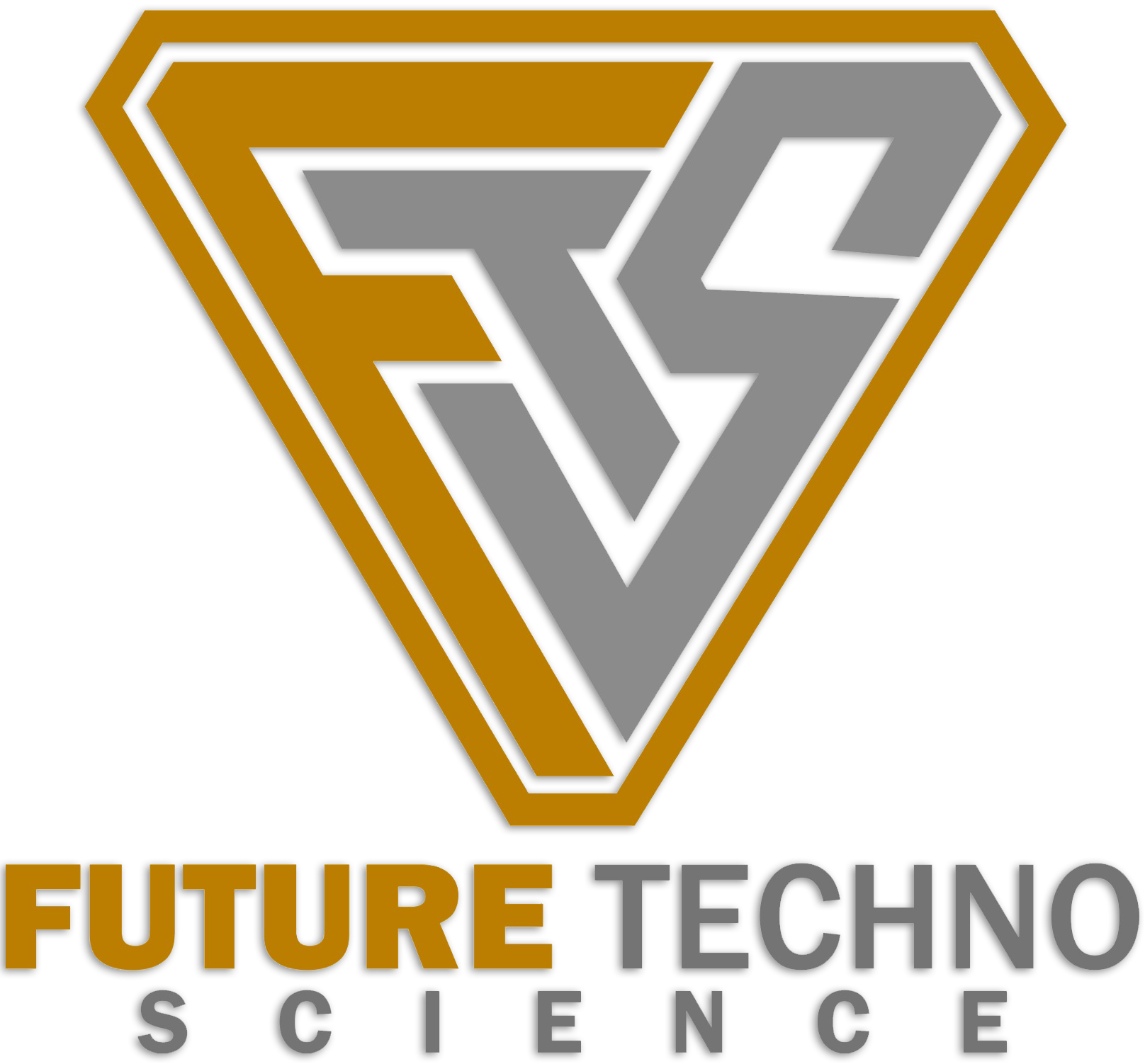High-Performance Convolutional Neural Network Model to Identify COVID-19 in Medical Images
DOI:
https://doi.org/10.33633/jcta.v1i1.8936Keywords:
Convolutional Neural Network, COVID19 detection, Image Classification, Image Recognition, Transfer learning,Abstract
Convolutional neural network (CNN) is a deep learning (DL) model that has significantly contributed to medical systems because it is very useful in digital image processing. However, CNN has several limitations, such as being prone to overfitting, not being properly trained if there is data duplication, and can cause unwanted results if there is an imbalance in the amount of data in each class. Data augmentation techniques are used to overcome overfitting, eliminate data duplication, and random under sampling methods to balance the amount of data in each class, to overcome these problems. In addition, if the CNN model is not designed properly, the computation is less efficient. Research has proved that data augmentation can prevent or overcome overfitting, eliminating duplicate data can make the model more stable, and balancing the amount of data makes the model unbiased and easy to learn new data as evidenced through model evaluation and testing. The results also show that the custom convolutional neural network model is the best model compared to ResNet50 and VGG19 in terms of accuracy, precision, recall, F1-score, loss performance, and computation time efficiencyReferences
P. Aggarwal, N. K. Mishra, B. Fatimah, P. Singh, A. Gupta, and S. D. Joshi, “COVID-19 image classification using deep learning: Advances, challenges and opportunities,” Comput. Biol. Med., vol. 144, p. 105350, May 2022, doi: 10.1016/j.compbiomed.2022.105350.
World Health Organization, “WHO Coronavirus (COVID-19) Dashboard,” 2022. https://covid19.who.int/ (accessed Jul. 19, 2022).
A. H. Barshooi and A. Amirkhani, “A novel data augmentation based on Gabor filter and convolutional deep learning for improving the classification of COVID-19 chest X-Ray images,” Biomed. Signal Process. Control, vol. 72, p. 103326, Feb. 2022, doi: 10.1016/j.bspc.2021.103326.
O. S. Albahri et al., “Systematic review of artificial intelligence techniques in the detection and classification of COVID-19 medical images in terms of evaluation and benchmarking: Taxonomy analysis, challenges, future solutions and methodological aspects,” J. Infect. Public Health, vol. 13, no. 10, pp. 1381–1396, Oct. 2020, doi: 10.1016/j.jiph.2020.06.028.
G. Jia, H.-K. Lam, and Y. Xu, “Classification of COVID-19 chest X-Ray and CT images using a type of dynamic CNN modification method,” Comput. Biol. Med., vol. 134, p. 104425, Jul. 2021, doi: 10.1016/j.compbiomed.2021.104425.
A. Gopatoti and P. Vijayalakshmi, “CXGNet: A tri-phase chest X-ray image classification for COVID-19 diagnosis using deep CNN with enhanced grey-wolf optimizer,” Biomed. Signal Process. Control, vol. 77, p. 103860, Aug. 2022, doi: 10.1016/j.bspc.2022.103860.
L. Kong and J. Cheng, “Classification and detection of COVID-19 X-Ray images based on DenseNet and VGG16 feature fusion,” Biomed. Signal Process. Control, vol. 77, p. 103772, Aug. 2022, doi: 10.1016/j.bspc.2022.103772.
N. A. Baghdadi, A. Malki, S. F. Abdelaliem, H. Magdy Balaha, M. Badawy, and M. Elhosseini, “An automated diagnosis and classification of COVID-19 from chest CT images using a transfer learning-based convolutional neural network,” Comput. Biol. Med., vol. 144, p. 105383, May 2022, doi: 10.1016/j.compbiomed.2022.105383.
W. M. Shaban, A. H. Rabie, A. I. Saleh, and M. A. Abo-Elsoud, “Accurate detection of COVID-19 patients based on distance biased Naïve Bayes (DBNB) classification strategy,” Pattern Recognit., vol. 119, p. 108110, Nov. 2021, doi: 10.1016/j.patcog.2021.108110.
S. Mohammed et al., “A comparative analysis of data mining techniques for agricultural and hydrological drought prediction in the eastern Mediterranean,” Comput. Electron. Agric., vol. 197, p. 106925, Jun. 2022, doi: 10.1016/j.compag.2022.106925.
D. R. Ignatius Moses Setiadi et al., “Comparison of SVM, KNN, and NB Classifier for Genre Music Classification based on Metadata,” in 2020 International Seminar on Application for Technology of Information and Communication (iSemantic), Sep. 2020, pp. 12–16. doi: 10.1109/iSemantic50169.2020.9234199.
F. P. Pramadi, C. Atika Sari, E. H. Rachmawanto, and D. Rosal Ignatius Moses Setiadi, “Flowers Identification using First-order Feature Extraction and Multi-SVM Classifier,” in 2020 International Seminar on Application for Technology of Information and Communication (iSemantic), Sep. 2020, pp. 22–27. doi: 10.1109/iSemantic50169.2020.9234260.
L. Alzubaidi et al., “Review of deep learning: concepts, CNN architectures, challenges, applications, future directions,” J. Big Data, vol. 8, no. 1, p. 53, Mar. 2021, doi: 10.1186/s40537-021-00444-8.
A. Susanto, I. U. Wahyu Mulyono, C. Atika Sari, E. Hari Rachmawanto, D. R. I. M. Setiadi, and M. K. Sarker, “Handwritten Javanese script recognition method based 12-layers deep convolutional neural network and data augmentation,” IAES Int. J. Artif. Intell., vol. 12, no. 3, p. 1448, Sep. 2023, doi: 10.11591/ijai.v12.i3.pp1448-1458.
A. Sharma, K. Singh, and D. Koundal, “A novel fusion based convolutional neural network approach for classification of COVID-19 from chest X-ray images,” Biomed. Signal Process. Control, vol. 77, p. 103778, Aug. 2022, doi: 10.1016/j.bspc.2022.103778.
Y. Zhou, H. Chang, Y. Lu, X. Lu, and R. Zhou, “Improving the Performance of VGG Through Different Granularity Feature Combinations,” IEEE Access, vol. 9, pp. 26208–26220, 2021, doi: 10.1109/ACCESS.2020.3031908.
D. Arias-Garzón et al., “COVID-19 detection in X-ray images using convolutional neural networks,” Mach. Learn. with Appl., vol. 6, no. August, p. 100138, 2021, doi: 10.1016/j.mlwa.2021.100138.
S. Rajpal, N. Lakhyani, A. K. Singh, R. Kohli, and N. Kumar, “Using handpicked features in conjunction with ResNet-50 for improved detection of COVID-19 from chest X-ray images,” Chaos, Solitons and Fractals, vol. 145, p. 110749, 2021, doi: 10.1016/j.chaos.2021.110749.
P. Viradiya, “COVID-19 Radiography Dataset,” Kaggle, 2021. https://www.kaggle.com/datasets/preetviradiya/covid19-radiography-dataset (accessed Nov. 18, 2021).
A. Rahman, “COVID-19 Chest X-ray Image Dataset,” Kaggle, 2020. https://www.kaggle.com/datasets/alifrahman/covid19-chest-xray-image-dataset (accessed Nov. 18, 2021).
S. Kumar and S. Shastri, “COVID19+PNEUMONIA+NORMAL Chest X-Ray Image Dataset,” Kaggle, 2020. https://www.kaggle.com/datasets/sachinkumar413/covid-pneumonia-normal-chest-xray-images (accessed Nov. 18, 2021).
Suddirutten, “COVID X-ray Modified,” Kaggle, 2021. https://www.kaggle.com/datasets/suddirutten/covid-xray-modified (accessed Nov. 18, 2021).
A. Musha, “COVID19 Customized X-ray Dataset,” Kaggle, 2021. https://www.kaggle.com/datasets/mushaxyz/covid19-customized-xray-dataset (accessed Nov. 18, 2021).
S. Sen, “Novel COVID-19 Chestxray Repository,” Kaggle, 2021. https://www.kaggle.com/datasets/subhankarsen/novel-covid19-chestxray-repository (accessed Nov. 18, 2021).
S. Gupta, “COVID-19 X-Ray Dataset With Preprocessed Images,” Kaggle, 2020. https://www.kaggle.com/datasets/shreyanshgupta/covid19-xray-dataset-with-preprocessed-images (accessed Nov. 18, 2021).
E. Vantaggiato, “Covid-19 X-ray - Two proposed Databases,” Kaggle, 2021. https://www.kaggle.com/datasets/edoardovantaggiato/covid19-xray-two-proposed-databases (accessed Nov. 18, 2021).
Jtiptj, “Chest X-Ray (Pneumonia,Covid-19,Tuberculosis),” Kaggle, 2021. https://www.kaggle.com/datasets/jtiptj/chest-xray-pneumoniacovid19tuberculosis (accessed Nov. 18, 2021).
Downloads
Published
How to Cite
Issue
Section
License
Copyright (c) 2023 Macellino Setyaji Sunarjo, Hong-Seng Gan, De Rosal Ignatius Moses Setiadi

This work is licensed under a Creative Commons Attribution 4.0 International License.















